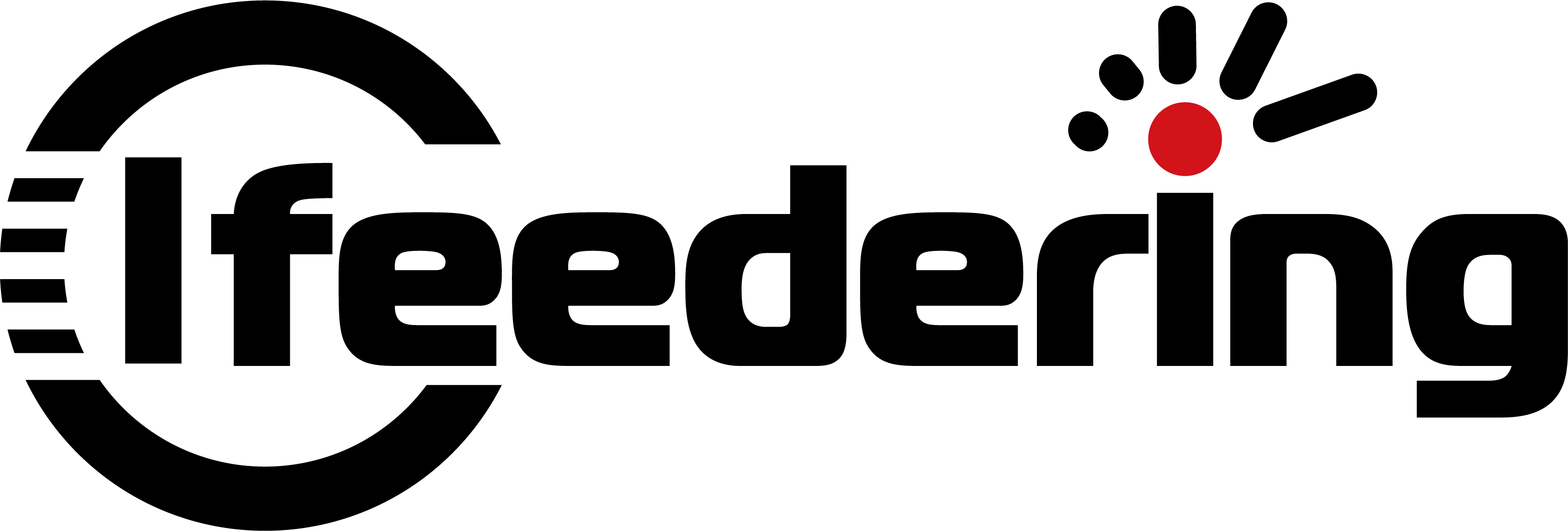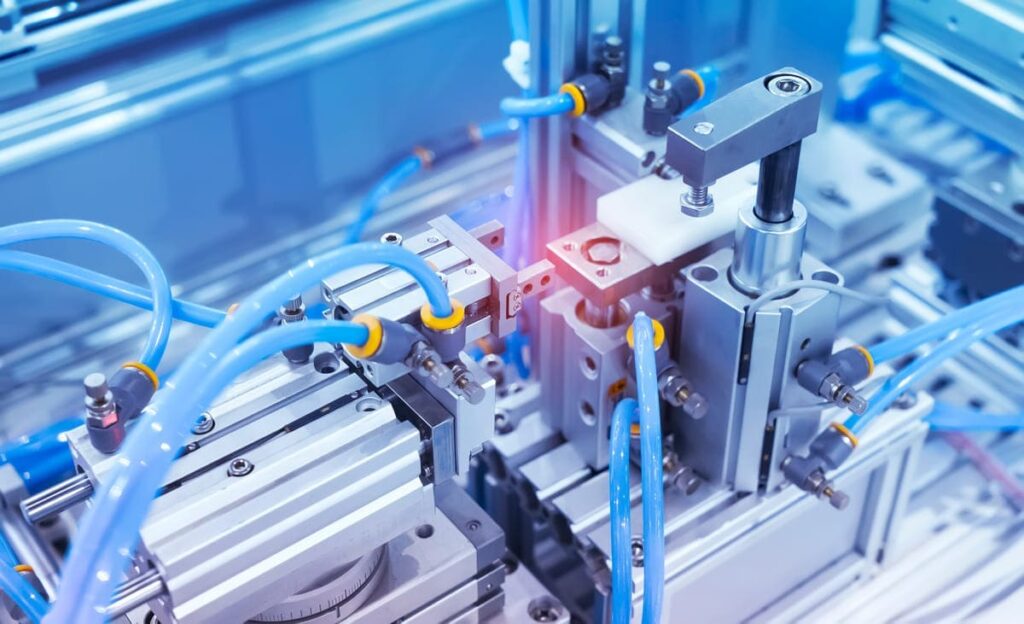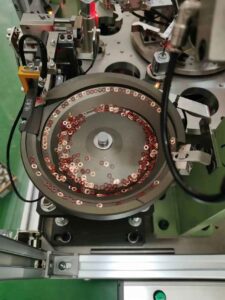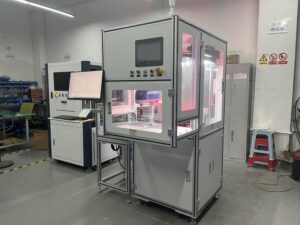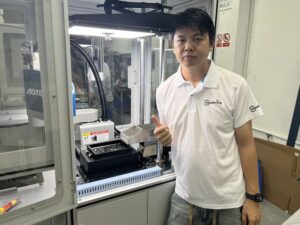In today’s manufacturing industry, the use of automation has become increasingly popular due to its ability to improve efficiency and productivity while reducing costs.

One specific type of automation that has gained traction in recent years is the flexible feeder. Flexible feeders provide a wide range of benefits to manufacturers, and in this article, we will explore the advantages of using a flexible feeder in your manufacturing process.
What is a Flexible Feeder?
Before delving into the advantages of using a flexible feeder, it is essential to understand what it is. A flexible feeder is a type of automated equipment used to feed and orient parts for assembly, packaging, and other production processes.
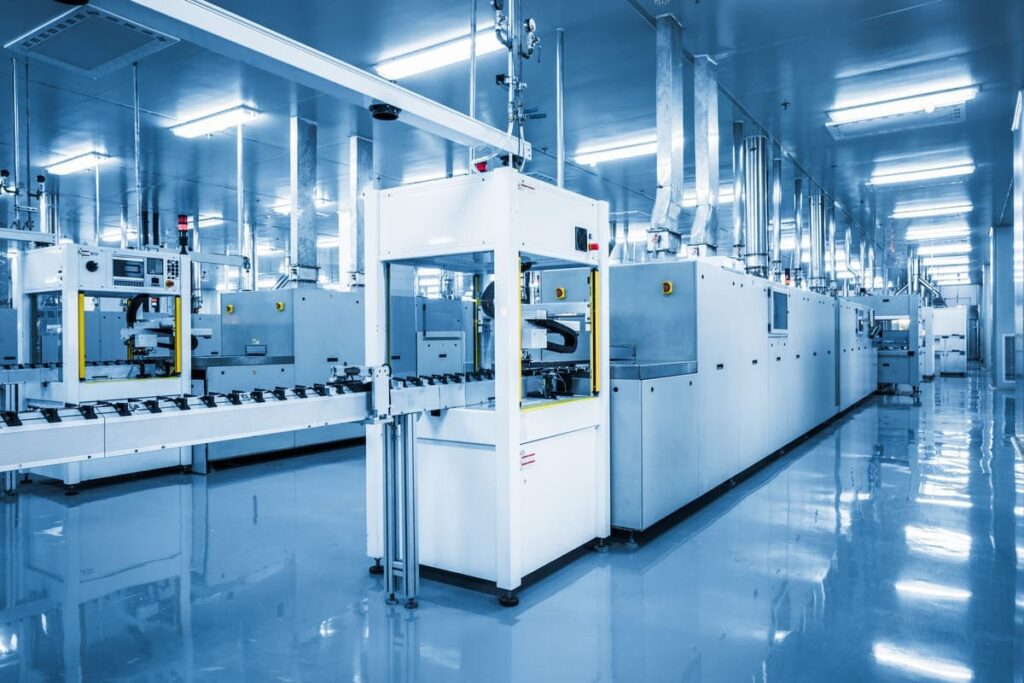
It consists of a hopper that holds the parts and a feeder bowl that sorts and orients the parts before they are fed into the production line. A flexible feeder is called “flexible” because it can handle a wide range of parts, shapes, sizes, and materials, making it an ideal solution for a variety of industries.
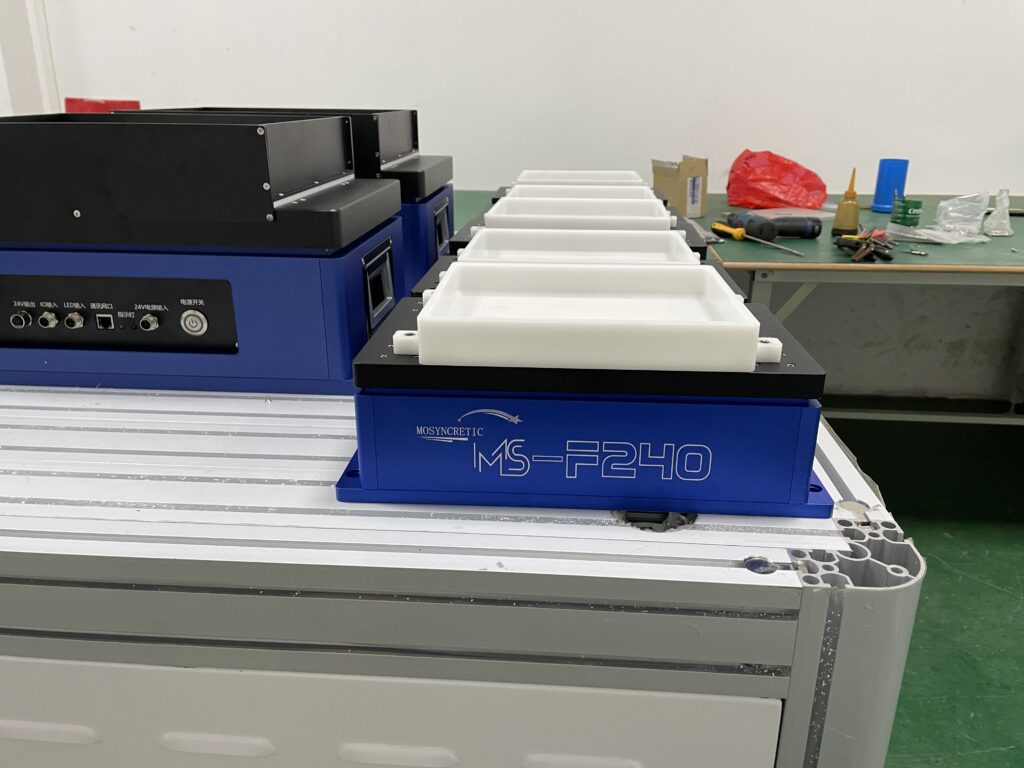
Advantages of Using a Flexible Feede
Improved Efficiency and Productivity
One of the primary advantages of using a flexible feeder is that it significantly improves efficiency and productivity.
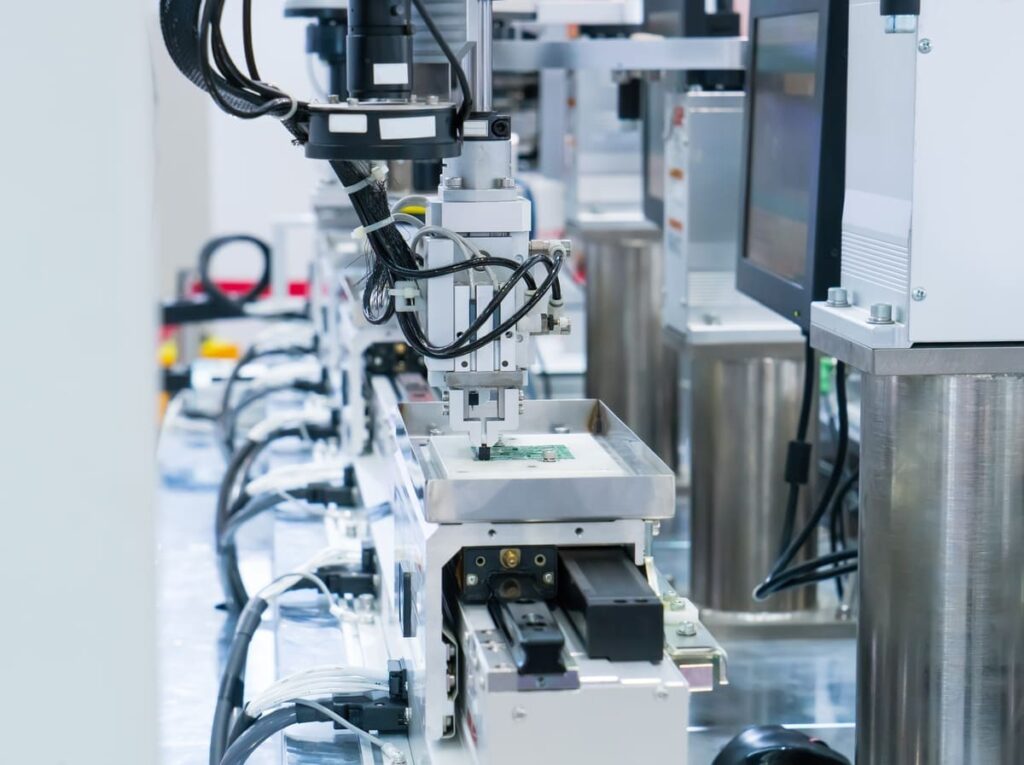
A flexible feeder can sort and orient parts much faster than manual labor, allowing the production line to operate at a higher speed. Additionally, it reduces the need for human labor, which can be allocated to more critical tasks, such as quality control and maintenance.
By using a flexible feeder, manufacturers can produce more products in less time, resulting in increased profits.
Cost Reduction
Using a flexible feeder can reduce costs in several ways. First, it reduces the need for manual labor, which can be costly, especially for high-volume production lines. Additionally, it minimizes errors caused by human labor, resulting in less waste and rework.
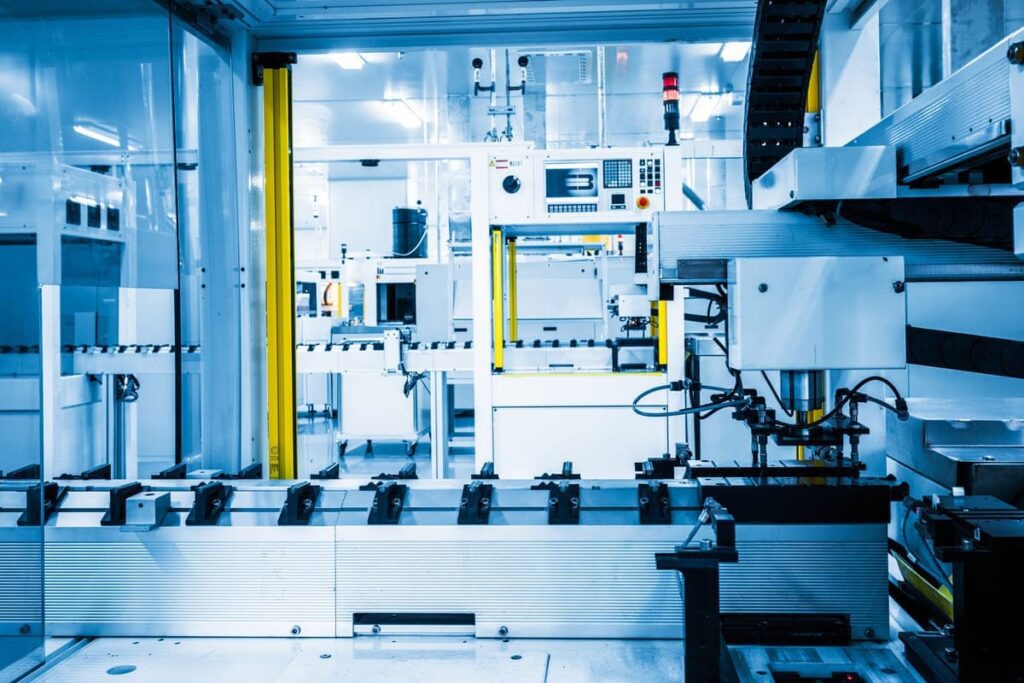
A flexible feeder can also decrease the number of workers needed for a particular task, further reducing labor costs. Finally, it can help avoid costs associated with downtime due to human error or machine malfunction.
Versatility
Another advantage of using a flexible feeder is its versatility. It can handle a wide range of parts, shapes, sizes, and materials, making it an ideal solution for a variety of industries.
Additionally, it can be adjusted quickly and easily to accommodate different parts, reducing the need for multiple feeding systems.

The flexibility of a flexible feeder means that manufacturers can adapt to changes in production needs and requirements quickly.
Improved Quality Control
Using a flexible feeder can improve quality control by reducing errors caused by human labor. The feeder’s sorting and orienting capabilities ensure that parts are correctly positioned for assembly or packaging, resulting in consistent quality.

Additionally, it can detect and remove defective parts, preventing them from entering the production line and avoiding the need for costly rework or recalls.
FAQs:
Q: How much does a flexible feeder cost?
A: The cost of a flexible feeder varies depending on the size, complexity, and customization required. A simple feeder may cost a few thousand dollars, while a more complex one can cost tens of thousands of dollars.
Q: What types of parts can a flexible feeder handle?
A: A flexible feeder can handle a wide range of parts, including screws, bolts, nuts, electronic components, medical devices, and more.
Q: How long does it take to set up and adjust a flexible feeder?
A: The setup and adjustment time of a flexible feeder depends on the complexity of the feeder and the parts it will handle. A simple feeder can be set up in a few hours, while a more complex feeder may take several days to set up and fine-tune.
Q: How does a flexible feeder improve efficiency and productivity?
A: A flexible feeder improves efficiency and productivity by sorting and orienting parts much faster than manual labor, allowing the production line to operate at a higher speed. It reduces the need for human labor, which can be allocated to more critical tasks, such as quality control and maintenance. By using a flexible feeder, manufacturers can produce more products in less time, resulting in increased profits.
Q: How does a flexible feeder reduce costs?
A: A flexible feeder reduces costs by minimizing errors caused by human labor, resulting in less waste and rework. It reduces the need for manual labor, which can be costly, especially for high-volume production lines. It can decrease the number of workers needed for a particular task, further reducing labor costs. Finally, it can help avoid costs associated with downtime due to human error or machine malfunction.
Q: What industries are best suited for using a flexible feeder?
A: A flexible feeder is best suited for industries that require a wide range of parts, shapes, sizes, and materials to be handled. It is commonly used in industries such as automotive, electronics, medical devices, and consumer goods.
Q: How does a flexible feeder improve quality control?
A: A flexible feeder improves quality control by reducing errors caused by human labor. The feeder’s sorting and orienting capabilities ensure that parts are correctly positioned for assembly or packaging, resulting in consistent quality. Additionally, it can detect and remove defective parts, preventing them from entering the production line and avoiding the need for costly rework or recalls.
Q: How does a flexible feeder increase safety?
A: A flexible feeder increases safety by reducing the need for manual labor, which can be hazardous in some production environments. Additionally, it can detect and remove potentially dangerous parts, such as sharp or pointed objects, before they enter the production line, protecting workers from injury.
